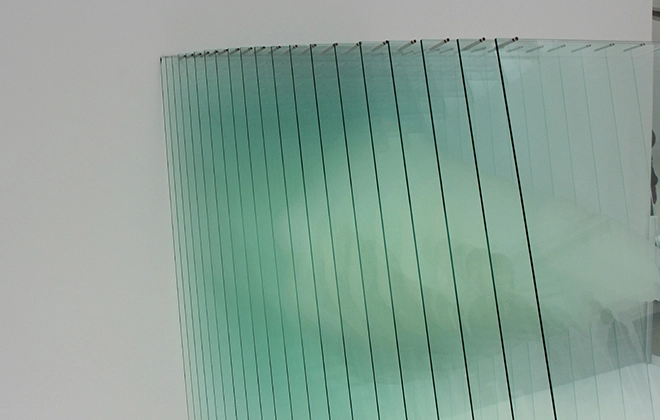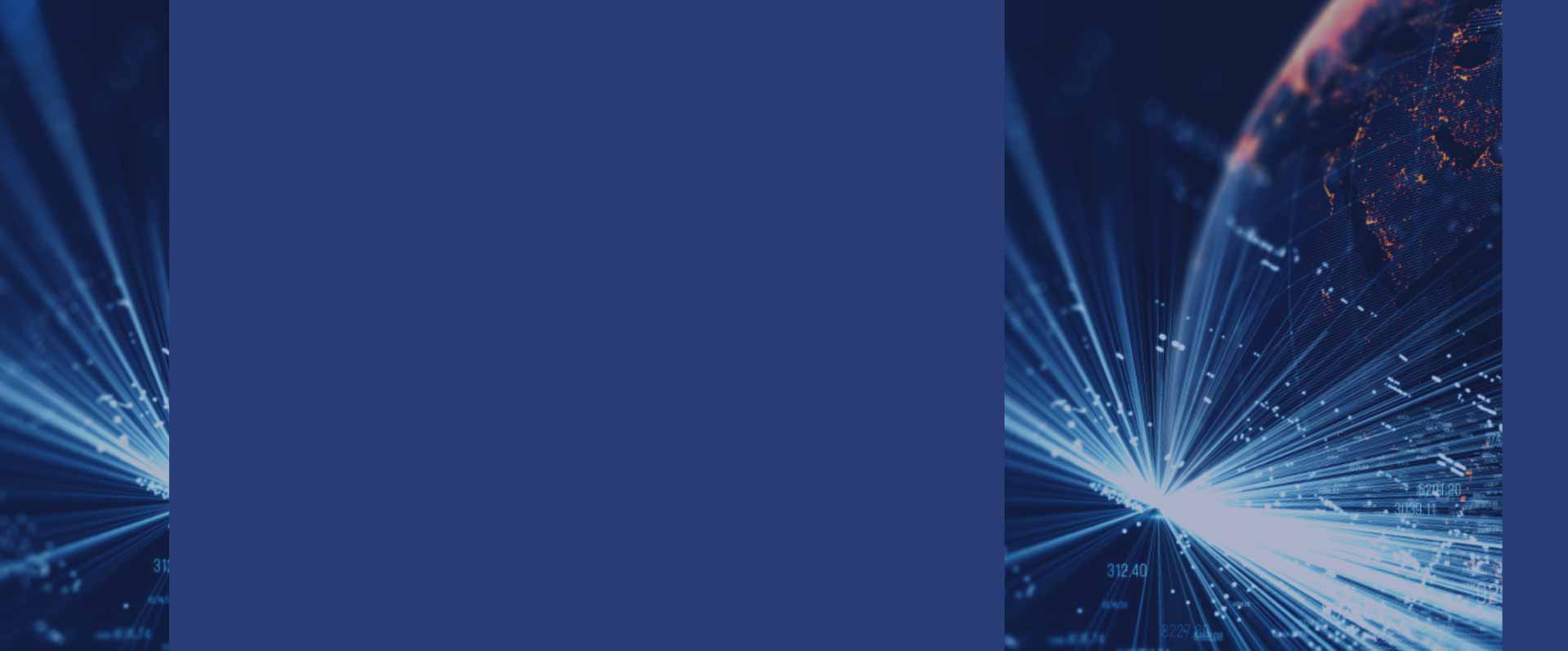
Application of laser technology in the glass industry has greatly expanded the possibilities for glass manufacturers and designers. It enables precise cutting, intricate engraving, and efficient bonding, contributing to the production of high-quality glass products in various sectors such as automotive, architecture, and consumer electronics.
Nowadays, infrared picosecond laser cutting machines are commonly used for cutting glass. This type of laser emits a series of laser pulses, which are used to create small holes in the glass. Then, a fragmentation machine scans the glass again, creating stress that causes the glass to split apart. This laser has the characteristic of not diffusing, and can be viewed as a thin thread, resulting in very high precision cutting. Additionally, since the laser pulses emitted by the infrared picosecond laser are short in duration, the heat cannot diffuse, thus avoiding heat effects around the cut edges and resulting in smooth and precise cuts.
UV laser marking machine can mark glass because the shorter wavelength and higher energy of UV laser allow it to penetrate the glass surface and generate localized heat effects inside the glass, causing small explosions or melting on the glass surface to create the desired markings. Specifically, a UV laser marking machine uses a UV laser beam generated by a laser emitter to irradiate the glass surface. Due to the high energy of UV laser, it can penetrate the glass surface and generate localized heat effects inside the glass, resulting in small explosions or melting on the glass surface. This allows the formation of desired markings, such as text, patterns, etc., on the glass surface. It is important to note that due to the high refractive index and reflectivity of glass, the power and focus of the laser need to be controlled during glass marking to ensure accurate penetration of the glass surface and generation of localized heat effects inside the glass, thereby forming clear markings.
1. Laser cutting is a high-precision and efficient glass cutting method. By using laser pulses to create small holes in the glass, combined with the scanning of the cleaver, precise and damage-free glass separation can be achieved. This cutting method is suitable for high-end glass products such as mobile phone screens, flat-panel TV panels, and car front windshields.
2. Laser marking: Laser marking can mark and engrave finely on the glass surface, making it personalized. This method is suitable for products such as gifts, decorations, glassware, etc. Laser marking has the characteristics of high precision, no damage, and high efficiency, which can add added value to glass products and enhance competitiveness.
The advantages of laser technology in glass processing also include the ability to process glass of various shapes to meet different design needs. In addition, the heat impact during laser cutting and marking is small, which can avoid thermal damage and cracks and ensure the smoothness and accuracy of the processed surface.



